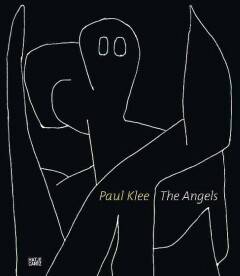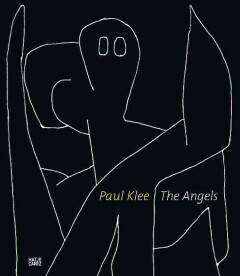
- Afhalen na 1 uur in een winkel met voorraad
- Gratis thuislevering in België vanaf € 30
- Ruim aanbod met 7 miljoen producten
- Afhalen na 1 uur in een winkel met voorraad
- Gratis thuislevering in België vanaf € 30
- Ruim aanbod met 7 miljoen producten
Paul Klee: The Angels
Ed. by Zentrum Paul Klee, Bern,
Walter Benjamin, Christine Hopfengart, Reto Sorg
Hardcover | Engels
€ 39,95
+ 79 punten
Omschrijving
Paul Klee (1879-1940) began to experience the first symptoms of scleroderma--a systemic autoimmune disease--in 1933, although it was only diagnosed posthumously. His interest in angels arose while he was ill, and they became a dominant theme, particularly from 1938 on. Klee's depictions of angels are among his most popular paintings. Perhaps one reason for their enduring popularity is that angels are trapped in human form; like us, they have flaws and weaknesses, can be playful, worried or even malicious. While these works reflect the fear of death as well as the fragility of the incurably ill, they are also imbued with the artist's quiet sagacity and whimsical humor. With 138 reproductions in color and writings on Klee by Walter Benjamin among others, Paul Klee: The Angels sheds new light on individual works in the series, such as the iconic "Angelus Novus," which Benjamin purchased in 1921--for the equivalent of about $30--and which led him to formulate his notion of the "angel of history."
Specificaties
Betrokkenen
- Auteur(s):
- Uitgeverij:
Inhoud
- Aantal bladzijden:
- 152
- Taal:
- Engels
Eigenschappen
- Productcode (EAN):
- 9783775734196
- Verschijningsdatum:
- 31/03/2013
- Uitvoering:
- Hardcover
- Formaat:
- Genaaid
- Afmetingen:
- 231 mm x 269 mm
- Gewicht:
- 975 g

Alleen bij Standaard Boekhandel
+ 79 punten op je klantenkaart van Standaard Boekhandel
Beoordelingen
We publiceren alleen reviews die voldoen aan de voorwaarden voor reviews. Bekijk onze voorwaarden voor reviews.










